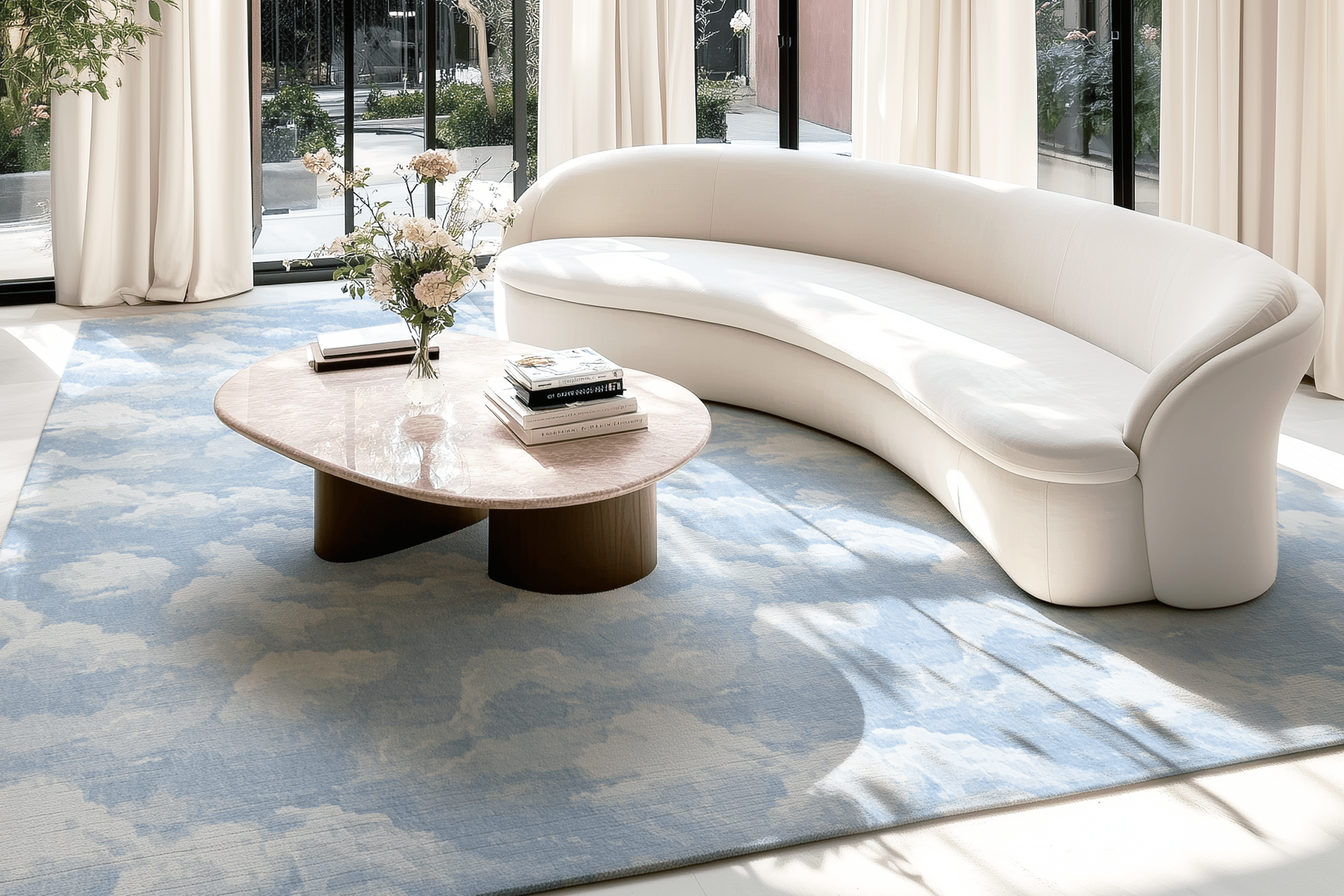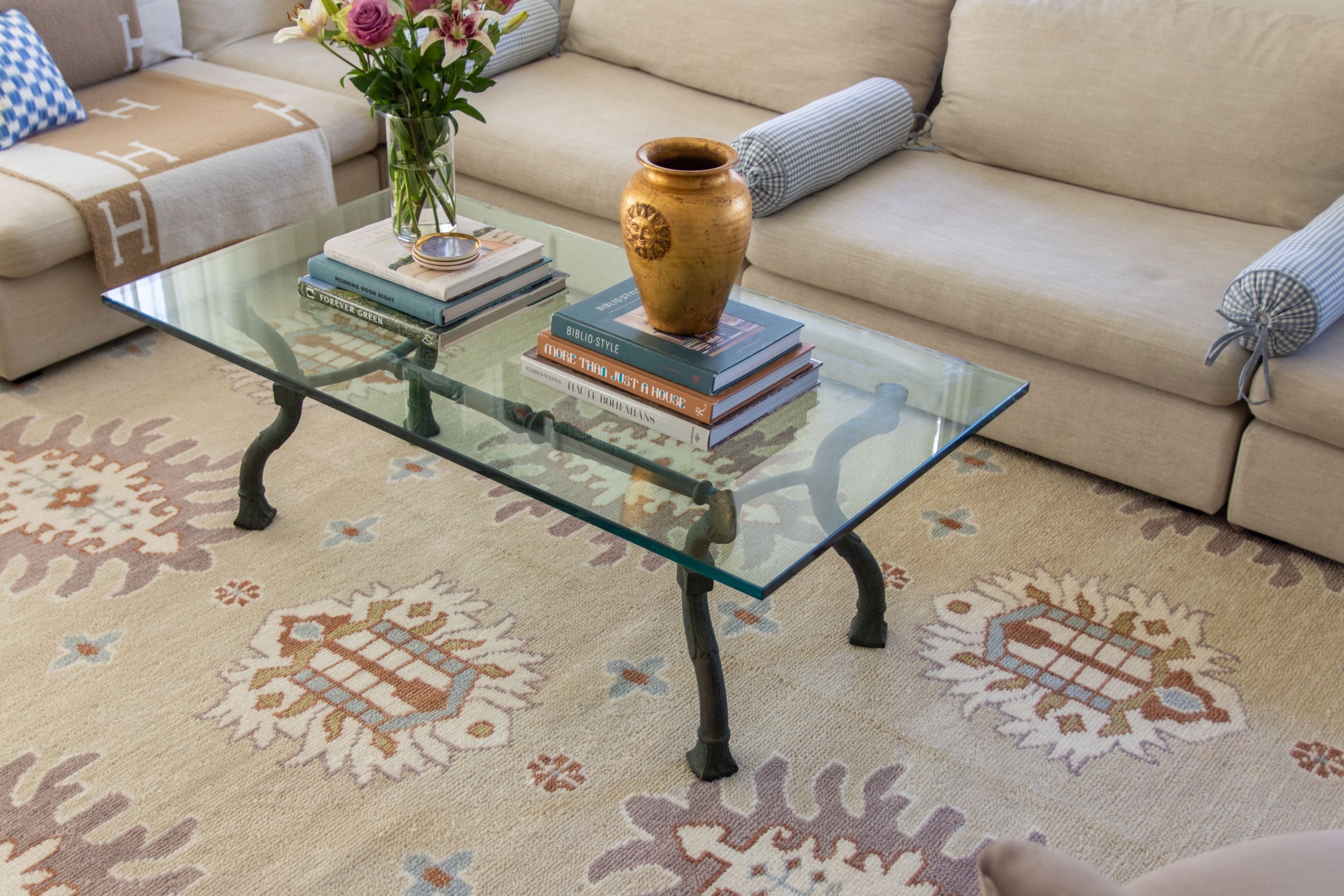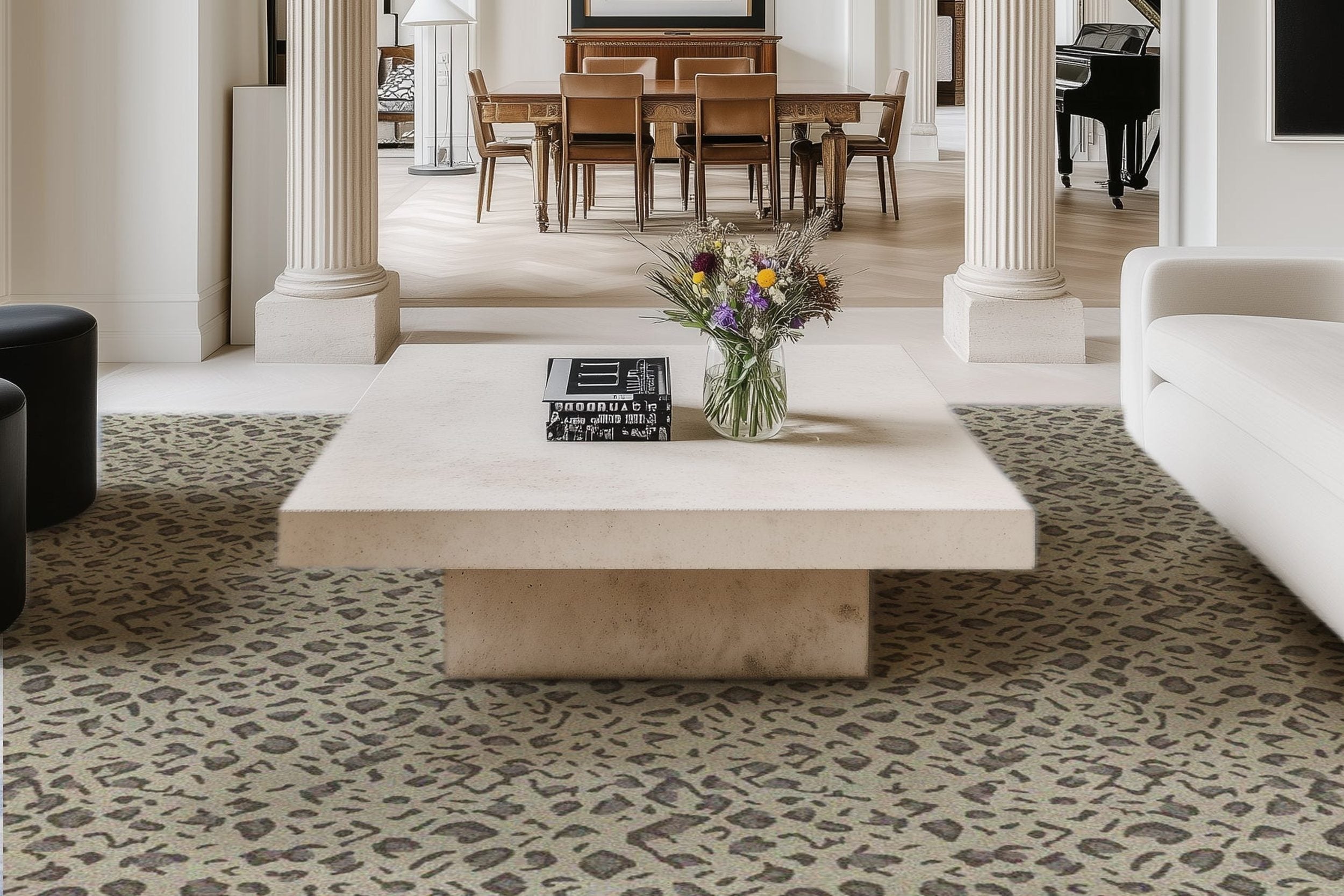How to Design Custom Furniture That Fits Your Space and Style

Designing custom furniture that fits your space and style starts with one essential principle: intentionality. When you tailor furnishings to your needs and taste, you achieve not only functional elegance but also emotional harmony with your home. From measuring your room to choosing materials and finishes, every step offers the opportunity to express yourself and solve practical problems. Here’s how to design custom furniture that perfectly complements your lifestyle and living environment — no compromises necessary.
Assess Your Space and Lifestyle Needs
Measure Twice: Ensure Accurate Dimensions
Before design even begins, understanding the true dimensions of your space is critical. Take detailed measurements of the room, including height, width, doorways, and window placement. Don’t rely on “eyeballing” — even an inch off can result in misfit furniture that obstructs traffic or appears disproportionate. Use a laser measure for precise data and note architectural elements like radiators, outlets, or sloped ceilings.
Document your floor plan by sketching it on paper or using a room planner app. Include scale and clearance zones to avoid restricting movement. It’s also smart to create a furniture layout to see how your custom piece will fit among existing items.
Consider Functionality: Daily Use and Traffic Flow
Form should follow function — it’s an old design maxim for good reason. Before you decide on the look, explore how the furniture will serve you. Is it a statement piece for occasional use or a hardworking item like a dining table or storage cabinet? Consider how you’ll interact with it every day.
Observe how you and others move through the space. Will drawers open freely without hitting walls? Is there enough room to walk around comfortably? Identify pressure points where furniture might create a bottleneck or feel intrusive. Thinking practically from the beginning ensures that style and comfort go hand in hand.
Embrace Light and Visual Balance
Light has the power to transform how your furniture looks and feels within a room. Take note of natural light sources and how sunlight shifts throughout the day. South-facing rooms may call for lighter finishes to avoid overwhelming brightness, while darker areas might benefit from reflective surfaces or pale woods.
Visual balance also matters. If one side of the room has large windows, consider anchoring the opposite side with a substantial piece of custom furniture to create symmetry. Play with scale, proportion, and placement to make your design feel intentional and grounded.
Discover Your Personal Style and Inspirations
Explore Design Styles: Minimalist, Industrial, Boho & More
Your furniture should be an extension of your personality and aesthetic. From sleek minimalist silhouettes to vintage-inspired boho charm, there's a style that resonates with every lifestyle. If you lean towards clean lines and neutral palettes, you might explore Scandinavian or Japandi aesthetics. Prefer raw edges and exposed metal? Industrial may be your calling.
Understanding your preferred style helps keep your design choices cohesive. You don’t have to limit yourself to one genre — many successful interiors blend styles to reflect layered, lived-in charm. The key is staying consistent in your intent and materials.
Curate a Moodboard: Colors, Textures & Patterns
Creating a moodboard helps translate abstract ideas into a visual direction. Use tools like Pinterest, Canva, or good old magazine clippings to assemble imagery that reflects your vibe — this includes furniture shapes, color swatches, texture samples, and lifestyle shots.
Seeing your ideas in one place can unlock unexpected combinations, like pairing reclaimed wood with sleek brass or combining rich jewel tones with natural rattan. A moodboard serves as your visual north star, guiding every decision from upholstery to hardware.
Align Aesthetic with Your Personality
Your furniture should tell your story. Whether you're a book lover, world traveler, minimalist thinker, or collector of curiosities, your personality can — and should — be embedded in the design. A custom bookshelf with hidden compartments, a coffee table made from salvaged materials from your hometown, or a headboard embroidered with meaningful symbols can all create narrative depth.
Authenticity always wins in interiors. Instead of mimicking what you see on social media, ask yourself: Does this feel like me? When design is personal, the result is timeless.
Select the Perfect Materials and Finishes
Feel the Difference: Wood, Metal, Glass & Upholstery
Materiality defines both the look and longevity of your furniture. Warm woods like oak, walnut, and ash offer texture and richness, while metals such as brass or steel add an industrial or luxe edge. Glass introduces lightness, perfect for tighter spaces. Upholstery — from crisp linens to plush velvets — brings softness and sensory appeal.
Get hands-on when possible. Touching samples lets you feel the quality and decide what aligns with your lifestyle. Have pets or kids? Opt for stain-resistant fabrics or easy-to-clean leather. Want a statement finish? Consider exotic veneers or bold lacquer.
Sustainability & Durability: Eco-Friendly Choices
Custom furniture is an investment, so durability and sustainability should be top priorities. Look for FSC-certified woods, low-VOC finishes, and reclaimed or salvaged materials. Eco-friendly doesn’t mean compromising on beauty — in fact, it often enhances character and originality.
Durability goes beyond structure. Choose hardware that won’t tarnish, upholstery that resists pilling, and joints that can bear weight over time. Ask your maker about joinery methods, finish coatings, and sourcing practices to ensure your furniture lasts generations.
Contrast Textures & Finishes to Add Depth
Flat, uniform surfaces can make even custom furniture feel uninspired. By combining textures and finishes, you add visual intrigue and tactile richness. Consider pairing matte wood with polished metal, or soft bouclé fabric with raw stone. Contrasts create rhythm and elevate even the simplest shapes.
Balance is key — too many textures can feel chaotic. Use a dominant material and accent it with complementary or unexpected elements to spark interest without overwhelming the space.
Sketch Detailed Plans and Visualize in 3D
Start Simple: Hand Sketches & Templates
No need to be an artist to sketch your ideas. Hand-drawn outlines — even rough ones — help solidify proportions, dimensions, and features. Add callouts for shelves, drawers, and handles, noting specifics like clearances or special mechanisms.
Templates are also useful — trace existing furniture or cut models from cardboard to test scale in situ. This adds a physical layer to your planning, revealing surprises like overhangs or misaligned sight lines.
Bring It to Life: 3D Modeling & AR Tools
Technology makes it easier than ever to preview your furniture in virtual space. Programs like SketchUp, Roomstyler, or even mobile AR apps let you design and drop custom pieces right into your room. See how a blue velvet sofa looks next to your oak bookshelves, or test if your new cabinet blocks a window view.
3D modeling allows you to view every angle, catch design flaws early, and communicate clearly with fabricators. It also helps you visualize texture and color combinations in a realistic, dynamic way.
Refine Proportions: Ergonomics & Safety Checks
Custom doesn’t mean ignoring physical comfort. Use standard ergonomic guidelines as a reference — dining chairs should seat at 18", sofas usually range from 16"–20" in height, and coffee tables sit about 2" below seat height. Confirm that drawers and doors will open safely and that corners won’t pose hazards, especially in high-traffic areas.
These small details have a big impact. A seat that’s too deep or a countertop that’s too tall can create daily discomfort. Refining proportions ensures your piece serves both form and function beautifully.
Decide: DIY vs Professional Craftsmanship
DIY Customization: Skills, Tools & Time
Making your own furniture can be a rewarding, cost-effective option — if you have the right tools, patience, and skillset. Start with simpler builds like open shelving, benches, or modular boxes. Online guides and video tutorials can walk you through every step, from lumber selection to sanding and staining.
However, DIY comes with trade-offs. Precision, time investment, and potential for error increase with complexity. Factor in whether you have access to a workshop space and safety equipment before committing.
Hiring Experts: Finding the Right Carpenter or Studio
For intricate or heirloom-quality pieces, enlisting a professional is usually the better choice. Look for local artisans or studios whose aesthetic aligns with your vision. Review portfolios, request quotes, and read reviews to evaluate fit.
Ask questions about lead times, customization options, and communication preferences. A good maker will guide you through material selection, provide clear drawings, and keep you involved throughout the process.
Looking for the best materials and services? Check MyWardrobe
Collaborate Seamlessly: Communication & Revisions
Clear communication is crucial in any custom project. Provide reference images, sketches, and specifications in writing. Discuss timelines, milestones, and payment structure up front. Don’t hesitate to ask for progress photos or schedule regular check-ins.
Revisions are part of the process. Be open to expert feedback, and advocate for your priorities. The best outcomes are born from mutual trust and creative dialogue.
Plan Your Budget and Timeline
Break Down Costs: Materials, Labor & Hidden Fees
Avoid sticker shock by detailing every aspect of the budget. Account for:
- Materials (surface finishes, hardware, fabrics)
- Labor (design time, fabrication, installation)
- Tools or permits (if needed for DIY)
- Transportation or delivery
- Unforeseen adjustments
Create a spreadsheet or budgeting app to track estimates and ensure your dream piece stays within reach.
Create Milestones: Realistic Deadlines & Checkpoints
Custom furniture often takes weeks or even months — especially around holidays or peak seasons. Set realistic goals for each phase: design finalization, materials sourcing, building, and delivery. Checkpoints ensure you stay on track and make timely decisions.
Being realistic avoids disappointment. Rushed timelines often result in compromised quality or missed details.
Buffer for Surprises: Contingency Planning
Leave room in your budget and schedule for surprises. Wood prices fluctuate, weather can delay delivery, or a prototype might require reworking. Adding a 10–15% contingency cushion helps minimize stress and keeps the project moving forward confidently.
Oversee Fabrication and Quality Control
Communicate Specs: Drawings, Samples & Contracts
Treat your custom piece like a mini construction project. Provide written specs, signed agreements, material samples, and detailed drawings. Confirm dimensions, finishes, and timelines in writing.
Clarity is your best protection against misaligned expectations. A good contract ensures both parties are accountable, and samples let you verify texture and color before full-scale production begins.
Inspect Progress: Site Visits & Mock-Ups
Stay involved during fabrication. If feasible, visit the workshop to review parts before final assembly. Seeing the work in progress can reveal adjustments needed early — like relocating hardware or tweaking finish sheen.
Mock-ups, even partial ones, offer reassurance and allow you to spot scale issues or ergonomic flaws. Don’t skip the chance to course-correct midway.
Final Checks: Ensuring Flawless Execution
Before accepting the finished piece, inspect every detail. Open doors, test drawers, check alignments, and run your hand along edges to detect imperfections. Confirm that finishes match your samples, adhesives hold strong, and hardware is securely mounted.
Request documentation on care instructions and any warranties. A thorough handover ensures your piece is ready to shine — no disappointments upon delivery.
Install, Style, and Maintain Your Custom Piece
Placement Perfection: Balancing Proportions & Flow
The final reveal depends on strategic placement. Position your piece to enhance room flow, not hinder it. Leave adequate clearance around dining tables, sofas, or cabinets. Balance it with lighting and décor to anchor its presence in the space.
Use area rugs, wall art, or greenery to guide the eye and integrate your custom design naturally into the room’s visual hierarchy.
Add the Finishing Touch: Accessories & Lighting
Your furniture isn’t complete without thoughtful styling. Accent it with accessories like cushions, throws, books, or vases to reflect your taste. Complementative lighting — pendant, floor, or ambient — brings warmth and highlights craftsmanship.
Layer textures and play with heights to produce a dynamic, finished look that makes your custom piece the room’s undeniable focal point.
Care & Upkeep: Cleaning, Repairs & Longevity
Preserve the beauty and function of your custom furniture with proper maintenance. Use the right cleaning products — avoid abrasives or harsh chemicals that degrade surfaces. Periodically tighten screws or oil hinges if needed.
For natural materials like wood or leather, seasonal care may include rehydrating oils, conditioning creams, or protective coatings. A little upkeep goes a long way in ensuring your custom piece looks amazing for years to come.
Designing your custom furniture is both a creative adventure and a practical solution. When you combine aesthetic intention with thoughtful planning, you can craft pieces that transform your space — and the way you live in it.
Browse by Category

Design Projects
Explore interiors from client work and personal renovations — layered, livable, and always in progress.
read more →
Collaborations
From product launches to styled spaces, discover the brand stories I’ve helped bring to life.
read more →
The Notebook
A growing archive of iconic designers, inspiring artists, and unforgettable design moments.
read more →
Travel by Design
Wander with a designer’s eye — from charming hotels and city guides to visual inspiration abroad.
read more →




